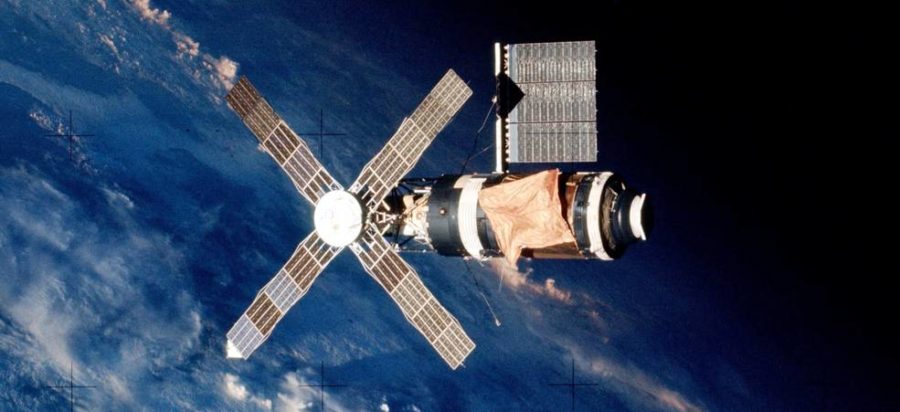Skylab
April 27, 2018
While the international space station is a fairly well known piece of astronautical history, many people have never heard of Skylab. Skylab was the United States’ first successful space station, operational from 1973 to 1979. America’s first space station was a large success for the time. Following the moon landings, the Saturn V rockets were believed not to be useful for anything. Not wanting the resource to go to waste, NASA set out to retrofit a portion of the rocket into a floating space station. This begins the story of how the U.S. sent its first 169,950-pound satellite into space.
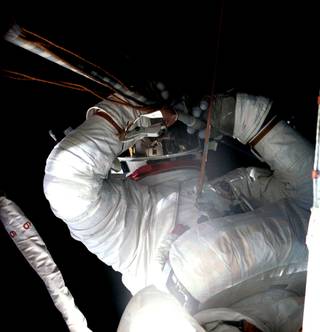
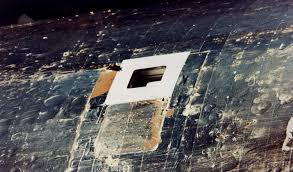
The design included a workshop, telescope mount, and experiment stations along with ample space and docking to accommodate three crew members to spend up to 84 days in space. This was essential in testing many of the tools and ideas that astronauts now take for granted. Before Skylab, no one knew if it would be possible to have multiple people live and work comfortably in space for such an extended period of time. Obviously it worked out as there is now the International space station currently in operation. Among the many experiments conducted in Skylab, the propulsion system for an EVA was tested. This “jetpack” design is still in use for repairs outside the confines of the space station.
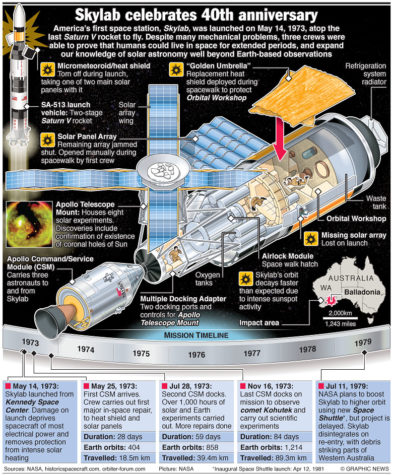
This success nearly didn’t happen, however. Approximately 63 seconds after the launch of Skylab 1 it was detected that the meteorite shield had prematurely deployed. Since this was during the launch and was under extreme stress, it sheared off. The crew (who launched separately in a smaller rocket) were advised to give up the mission, but they decided to continue anyway. Upon arriving at the space station, the crew deployed a thermal reflective solar shield through a small airlock, fixing the problem caused by the missing meteorite shield. This wasn’t the only fix they had to make however. The premature deployment of the shield caused one of the solar panel arrays to become damaged and stuck. Without its power the station was diminished significantly. Astronaut Joseph Kerwin performed an EVA to free this stuck array. This was the first time a repair of this magnitude was completed outside of a space station, far away from any land.
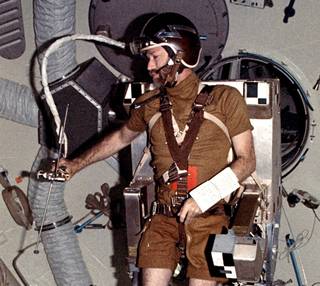

It wasn’t until it neared the end of its operation period that the station’s fatal flaw was revealed. While it was built to be sent up in a short amount of time, there were no systems to aid it when it fell back to earth. This caused many people to worry about where exactly it would land. The station was pushed to crash back to the earth with a few maneuvering rockets, but there was no way to steer it once inside the atmosphere. Because of its huge size, lots of it did not burn up upon reentry. With worldwide media attention it fell just slightly beyond its anticipated landing point, in the Indian ocean, on the coast of Australia.
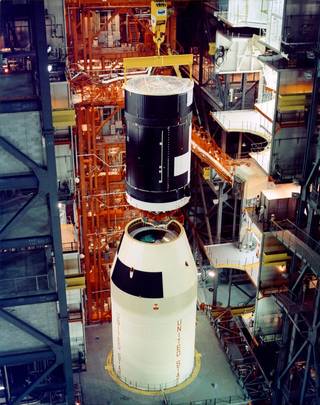
Image credit: nasa.gov

